San Ignacio of Loyola, a Basque nobleman, experienced a decisive conversion in 1521. The following year he set out on a pilgrimage from Loyola (Azpeitia) to Manresa, an experience that would mark the origin of the Spiritual Exercises and, later, the Society of Jesus. Today, this itinerary is walked as the Ignatian Way, a modern route that combines history, nature and an inner search.
What is the Ignatian Way?
The Ignatian Way is a route of approximately 650 km divided into 27 stages, from the Sanctuary of Loyola to the Cave of Saint Ignatius (La Cova) in Manresa. It crosses the Basque Country, La Rioja, Navarre, Aragon and Catalonia, and can be completed in full or in sections.
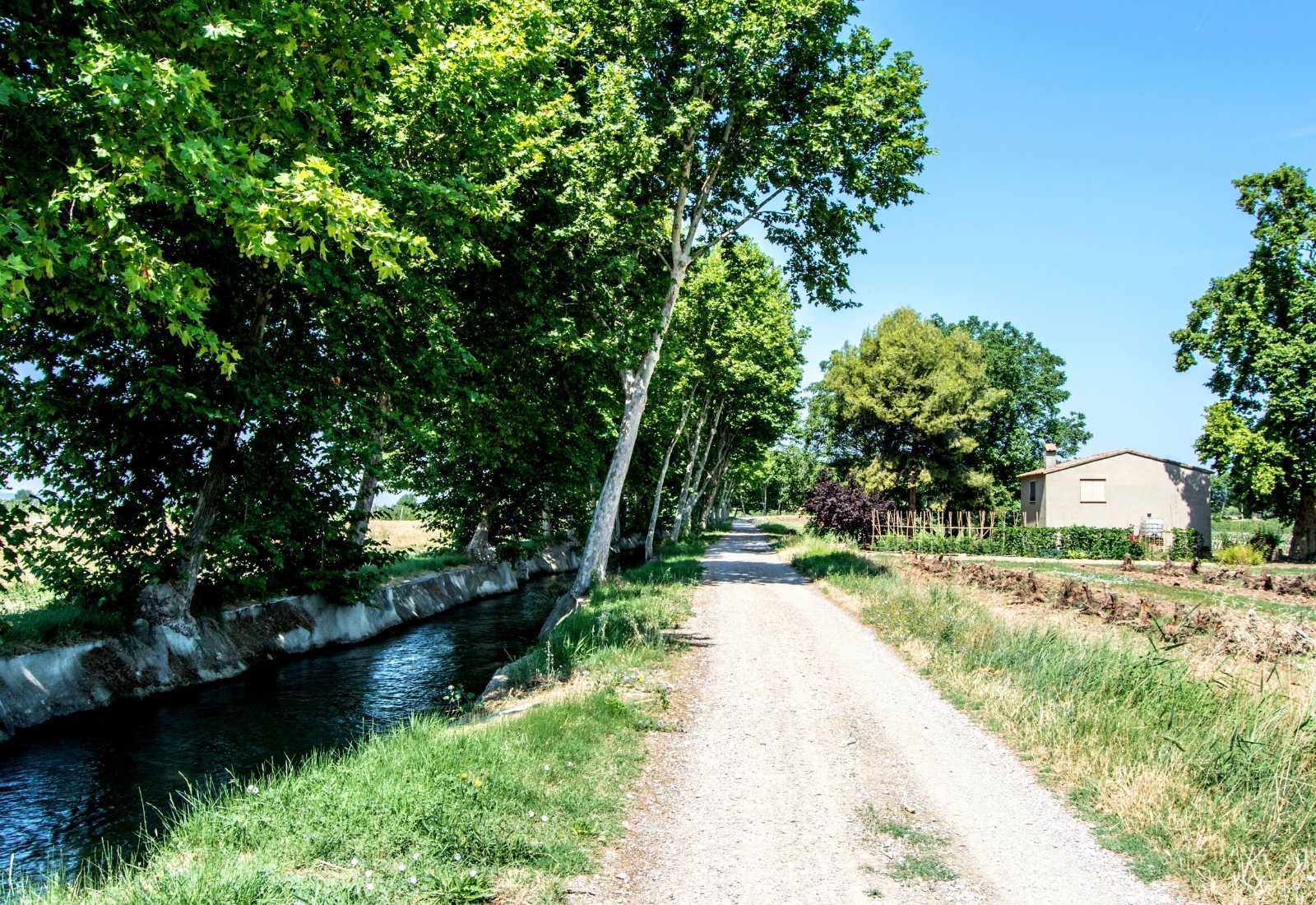
The Canal d’Urgell
Stages of the Ignatian Way
One possible division of the stages of the Ignatian Way is:
- Loyola – Zumárraga (18.2 km)
- Zumárraga – Arantzazu (21.4 km)
- Arantzazu – Araia (18 km)
- Araia – Alda (22 km)
- Alda – Genevilla (18.5 km)
- Genevilla – Laguardia (27.3 km)
- Laguardia – Navarrete (19.6 km)
- Navarrete – Logroño (13 km)
- Logroño – Alcanadre (30.6 km)
- Alcanadre – Calahorra (21.5 km)
- Calahorra – Alfaro (25.6 km)
- Alfaro – Tudela (25.6 km)
- Tudela – Gallur (39.3 km)
- Gallur – Alagón (21.7 km)
- Alagón – Zaragoza (30.5 km)
- Zaragoza – Fuentes de Ebro (30.2 km)
- Fuentes de Ebro – Venta de Santa Lucía (29.6 km)
- Venta de Santa Lucía – Bujaraloz (21.3 km)
- Bujaraloz – Candasnos (21 km)
- Candasnos – Fraga (26.8 km)
- Fraga – Lleida (33 km)
- Lleida – Palau d’Anglesola (25.7 km)
- Palau d’Anglesola – Verdú (24.7 km)
- Verdú – Cervera (17 km)
- Cervera – Igualada (38.6 km)
- Igualada – Montserrat (27 km)
- Montserrat – Manresa (24.6 km)
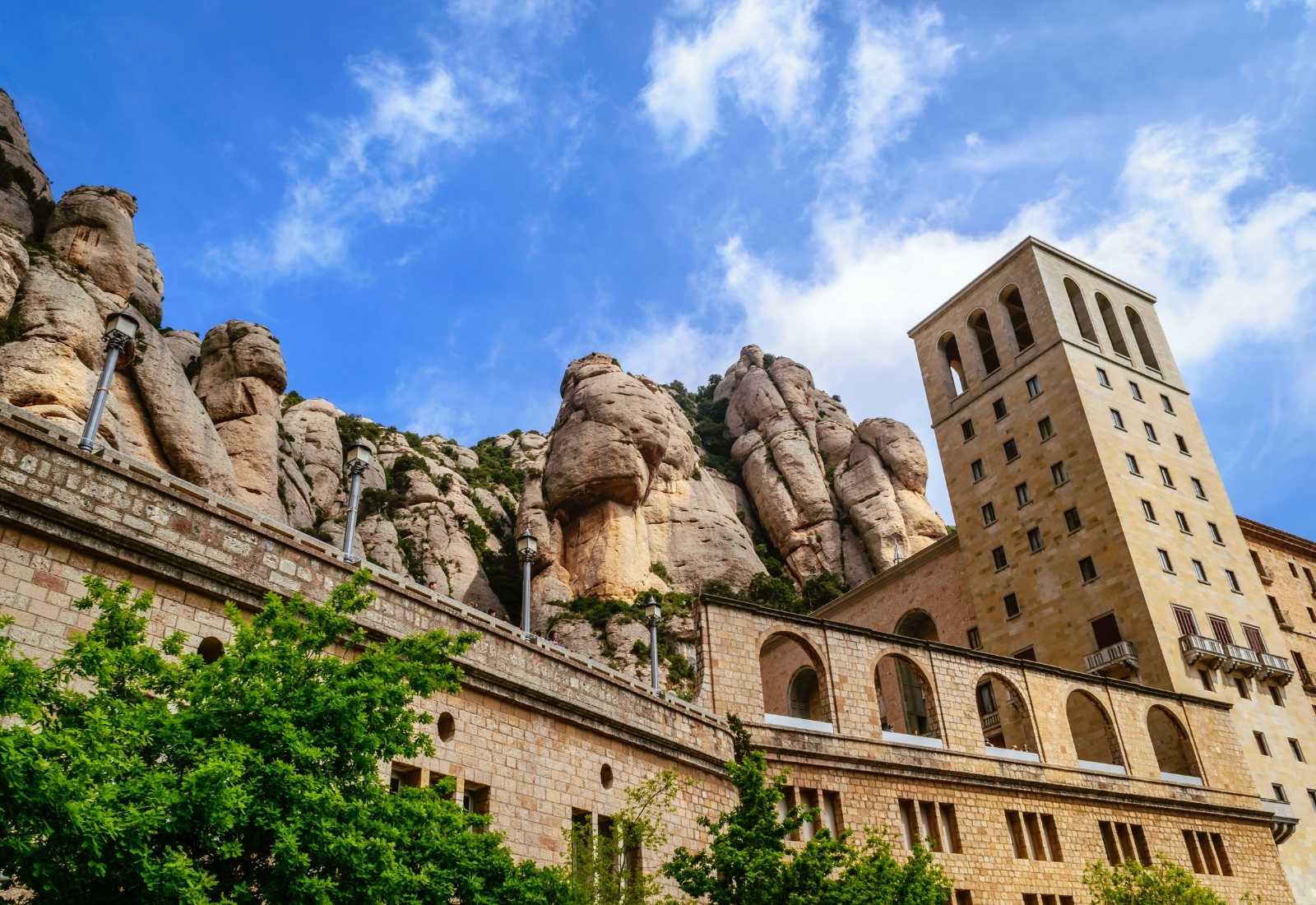
Montserrat, penultimate point of the Ignatian Way
Arrival in Manresa: La Cova de Sant Ignasi
The symbolic end of the Ignatian Way is Manresa, where tradition places the stay of Ignatius in the cave that inspired his spiritual process. The city preserves several Ignatian sites and is a key place to conclude the pilgrimage.
Waymarking: how to find your way along the route
The Ignatian Way is recognised by its orange waymarking, with arrows and the symbol of the Ignatian sun along many sections. Even so, it is advisable to carry GPS tracks or a map, especially on long stages or open areas (for example, in Aragon).
Pilgrim’s credential: where to get it and how to stamp it
The Ignatian Way credential is stamped at town halls, parishes or even bars and shops in the towns you pass through. To certify each stage, at least one stamp per walking day is required.
Common collection points (may vary): Loyola, Logroño, Tudela, Zaragoza, Lleida, Barcelona and Manresa (including La Cova), among others. It is recommended to obtain it in advance, as some points may close in August.
“La Ignaciana” certificate: requirements and where to request it
On arriving in Manresa, you can request the “La Ignaciana” certificate if you have completed the Ignatian Way on foot (100 km) or by bicycle (200 km) and arrive finally in Manresa. Kilometres can be accumulated over different months or years, as long as they are accredited with the credential. The certificate is issued at the Manresa Tourist Office (Plaça Major).
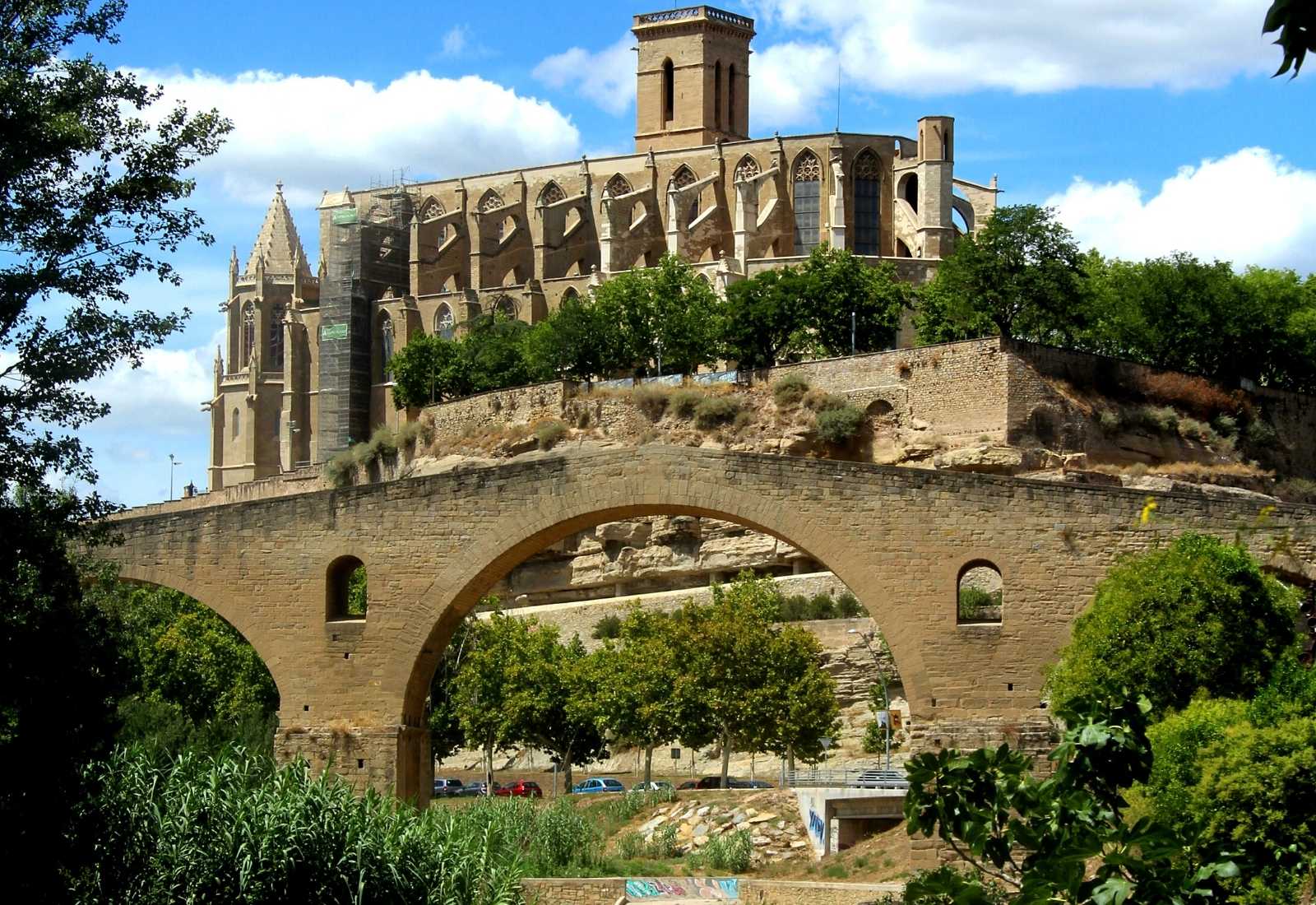
The end of the Way, Manresa
Practical tips and things to keep in mind
The Ignatian Way alternates large cities with rural stretches where accommodation options may be limited. In general, the closer you get to less populated areas (or periods of high demand), the more important it is to book in advance.
- Plan with a margin: if you travel in spring or autumn (the most recommended months), make sure you have several accommodation options identified for each stage.
- Smart flexibility: on long stages, consider sleeping in the final town or splitting the stage if heat or availability makes it advisable.
- Type of accommodation: you will find hostels, guesthouses, inns and hotels; in some rural areas it is advisable to confirm arrival times and check-in.
- Key services: prioritise accommodation with laundry facilities (or close to a laundry), dinner and breakfast options, and access to shops or bars, especially on exposed stages.
- Public holidays and events: in large cities, prices and occupancy can vary greatly depending on the local calendar; if your stage coincides with an event, book ahead.
- If travelling in a group: book further in advance and confirm the real availability of multiple rooms or contiguous beds.
What to bring (practical checklist)
A well-thought-out backpack is half the pilgrimage done. The key is to travel light, without giving up what will really help you avoid problems (blisters, heat, rain or lack of battery).
- Light backpack: fitted to your size, with a hip belt and rain cover.
- Well-worn footwear: hiking boots or shoes you have already used; add technical socks and, if possible, a spare pair.
- Sun protection: cap or hat, sunscreen and sunglasses; on exposed stages they can save your day.
- Basic first-aid kit: blister plasters, Compeed or similar, disinfectant, bandages and anti-chafing cream.
- Water and salts: water bottle or hydration bladder; add mineral salts if walking in hot weather.
- Layered clothing: breathable T-shirt, light thermal layer (spring/autumn) and a thin warm layer for cold mornings.
- Rain jacket: lightweight waterproof (and optionally waterproof trousers if rain is expected).
- Power bank and chargers: external battery, spare cable and adapter if needed.
- Navigation: mobile phone with offline maps or GPS; a paper backup can help in areas with poor coverage.
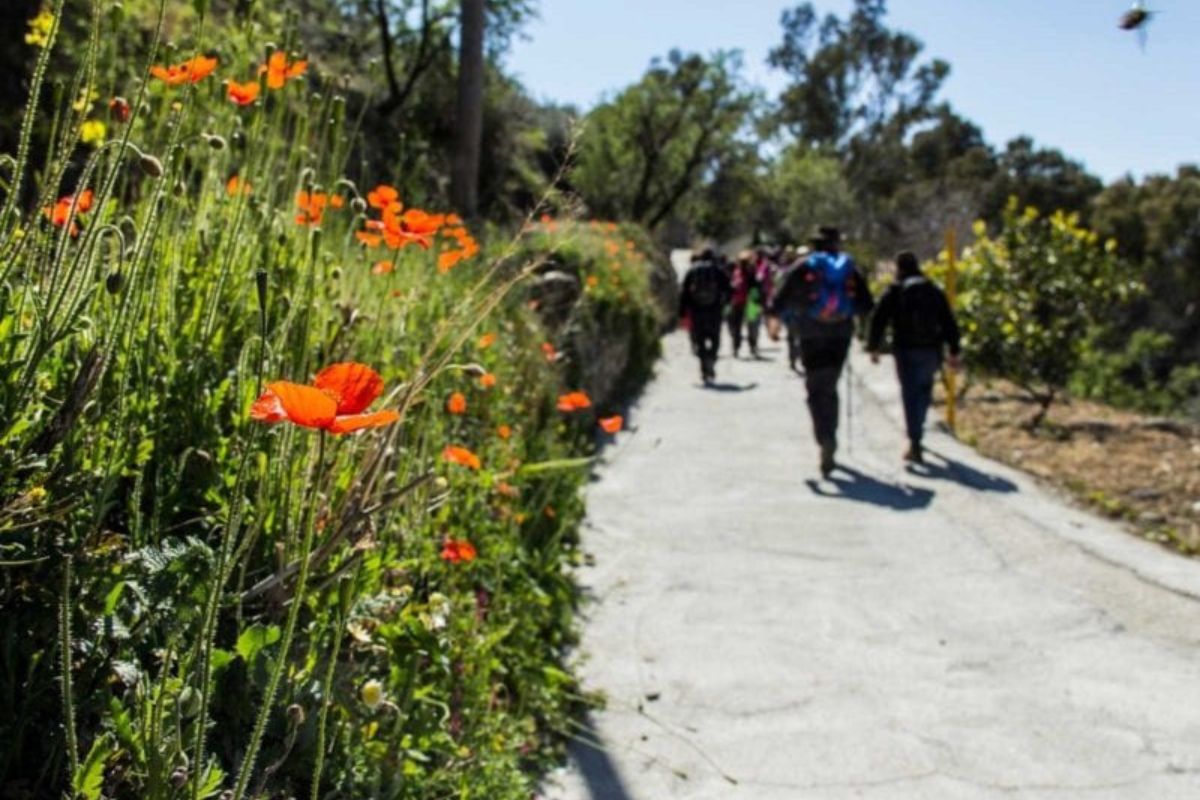
Pilgrims
How to get to Loyola and return from Manresa
- Loyola (Azpeitia): it is usually reached via Bilbao or San Sebastián, with onward connections to the area.
- Manresa: it is very well connected with Barcelona, making it easy to organise your return journey.
Useful information and official resources
- Official website (maps, stages, resources): caminoignaciano.org
- Pilgrim’s credential (collection and stamping points): caminoignaciano.org/credenciales
- Certificates (“La Ignaciana”): caminoignaciano.org/certificados
The Ignatian Way is much more than a long-distance route between Loyola and Manresa. It is an experience that combines walking, reflection and personal discovery, following in the footsteps of a journey that profoundly shaped the spiritual history of Europe. Over its 27 stages, the pilgrim crosses very diverse landscapes, cities rich in heritage and spaces of silence that invite introspection. The Ignatian Way offers a unique opportunity to pause, observe and reconnect with what is essential. A demanding yet transformative pilgrimage that leaves its mark both on the path and on those who walk it.

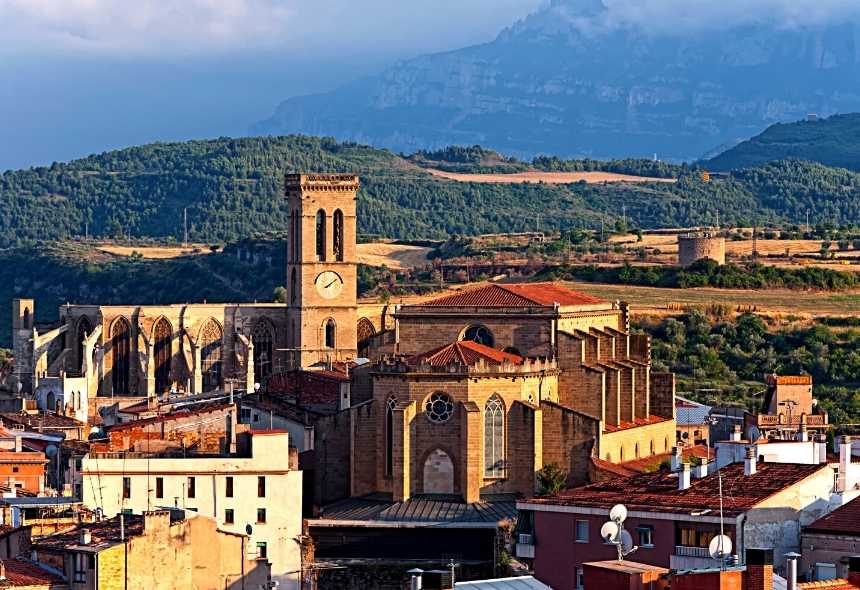










Leave A Comment